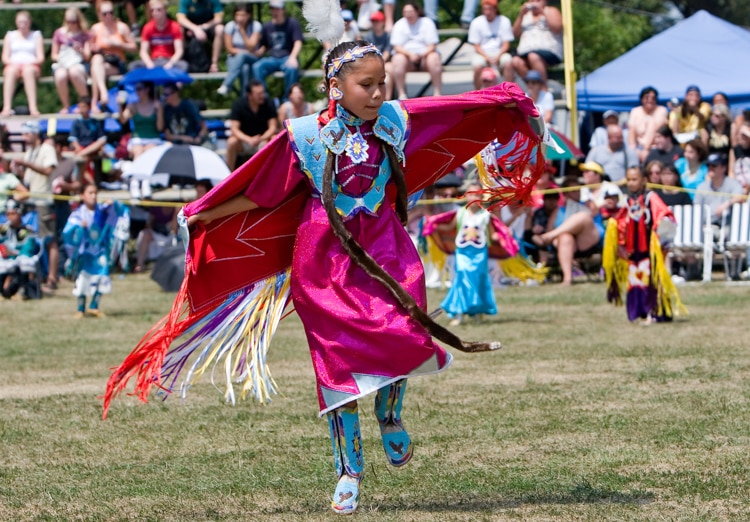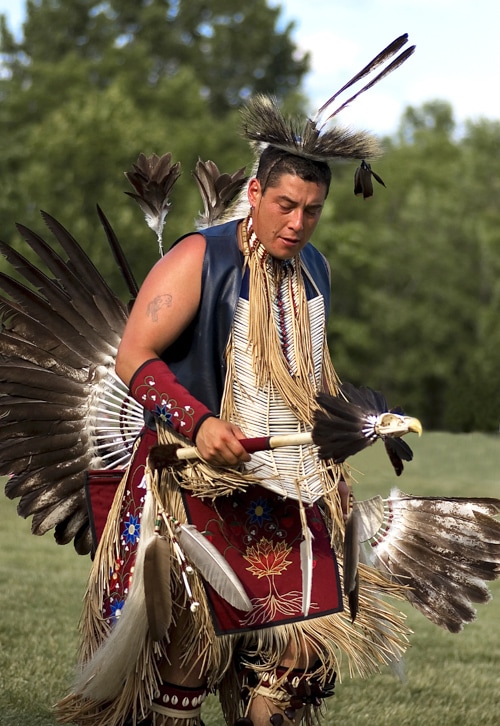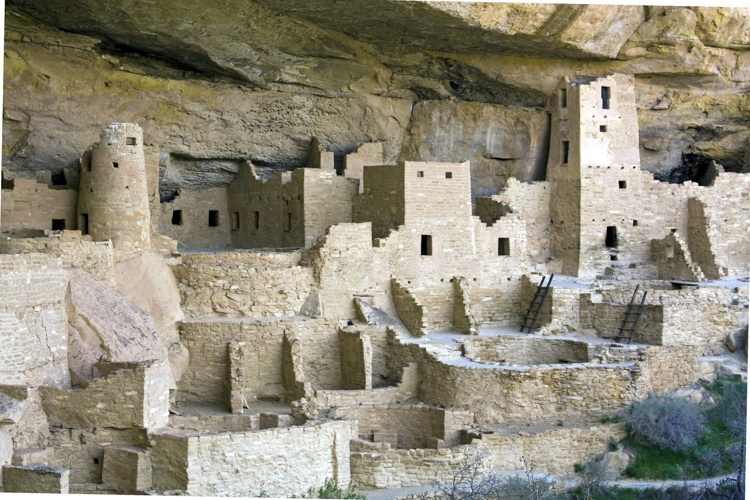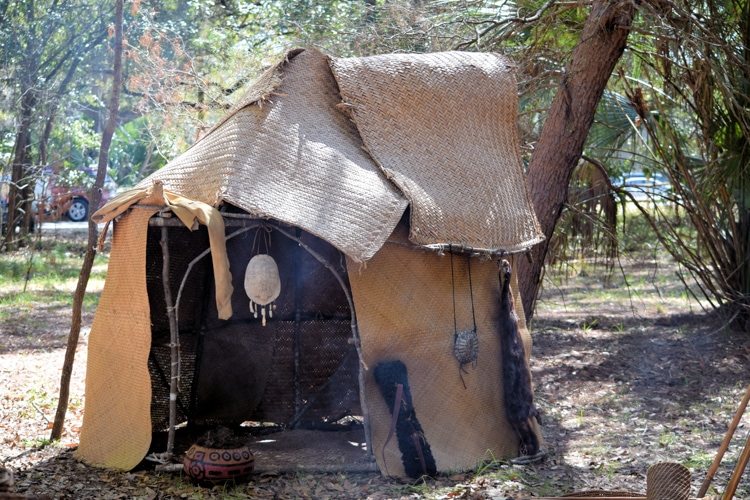
Several adventurous travelers clamber aboard an amphibious vehicle for a trip through shady swamplands, seeking sightings of bison, panthers and other four-legged denizens. Not far away, people watch in awe as a daring wrestler pulls an alligator out of the water and grapples it to the ground. Later, these sightseers are introduced to the ages-old traditions of the local residents, including dances, foods and rituals.
These folks are enjoying one of the most intriguing, and often overlooked, tourism opportunities in the country. They’re visiting the Seminole Indian Reservation in Florida. Hidden deep in the Everglades, it is the largest subtropical wilderness in the United States.
Very different settings, customs and colors await those who stop by other Native American enclaves. The federal government recognizes 574 American Indian tribes and Alaska Native entities. Designated reservations serve as home to many of the estimated five million indigenous people in the country.

American Indian Heritage Month
Those sanctuaries, which are spread throughout the states, allow visitors to delve into their diverse customs and cultures and to recapture colorful chapters of America’s past. While these places are well worth a visit at any time of year, they become significant during November. This month is designated as American Indian Heritage Month.
Reservations are a good, but not the only, place to start an immersion into the story. Many share similarities at the same time that they demonstrate each community’s unique attributes.
The Blackfeet tribe who inhabit its reservation in Montana are believed to be named after the color of their moccasins. Historical sites and a museum relate their story. In addition, eight large lakes and Glacier National Park, which straddles the U.S.-Canada border, add to the magnificent landscape.

The Navajo Nation, which sprawls across three southwestern states, is the largest Native American reserve. It covers an area about the size of West Virginia. The reserve encompasses Monument Valley, a region of sandstone buttes that is sacred to the Navajo people, and other magnificent handiworks of Mother Nature.
Other attractions are smaller in size but not interest. The Blackwater Draw is a stream channel that runs from New Mexico to Texas. Early people visited the area to hunt for bison, wolves and other animals. Their remains have been excavated in archaeological digs. Generations of some of the earliest New World inhabitants hunted and camped along the waterway.
Ancient petroglyphs are the attraction at Judaculla Rock in North Carolina. The boulder is decorated by some 1,550 carvings that have been dated back to 200 to 1400 AD. The etchings include stick-like figures, ring designs and claw-like imprints. Sculpted impressions indicate where extractions were made to fashion bowls and pipes.
Mesa Verde National Park

By far the most momentous site is Mesa Verde National Park in Colorado. Its 600 cliff dwellings and other structures comprise the largest archaeological preserve in the United States.
Beginning around 7500 BC, Mesa Verde (Spanish for Garden Table Mountain) was a seasonal habitat for Pueblonian Indians. They lived by hunting, gathering and farming. Around the end of the 12th century AD, they began to construct the first cliff dwellings. Soon after, they left the area.
A popular time to engage in Native American culture is during powwows that take place throughout the year. That word is derived from the Narragansett People’s term for “spiritual leader.”
These gatherings provide opportunities for Indigenous people to socialize, dance, sing, story tell and honor their cultures. A recent listing of these events taking place in Wisconsin includes art and craft displays, birchbark canoe building, basket weaving and pottery making.

Take a Tour
Tour operators provide a convenient way to experience Native American culture, with the added benefit of knowledgeable guides. Redwood Yurok Canoe Tours introduces participants to the Yurok tribe, the largest in California. They travel in dugout canoes through remote spots along the Klamath River, the second longest in the state. The abundant fish population has been a major source of food for the tribe for centuries.
The Kootenai in Idaho, Washington, Montana and Canada are known as the Water People because of their skills related to lakes and rivers. A descendant of Native American royalty who leads Water People Tours introduces her charges to the tribe’s history and lifestyle.
If you’re planning to visit a Native American reservation, check first to learn if it welcomes guests and what, if any, rules or restrictions are in place. Remember that you are a guest in the tribal nation’s homeland. So, enter it with a feeling of respect and a quest for learning.
A list of Native American tribes is available at usa.gov/tribes.
